
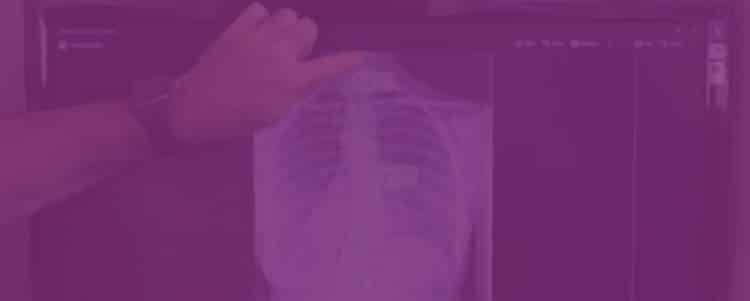
Kyphosis vs Lordosis: What Are The Differences Between Them?
Multiple conditions impact the spine and its correct posture. Kyphosis and lordosis are two commonly known conditions that affect the healthy curves of the spine.
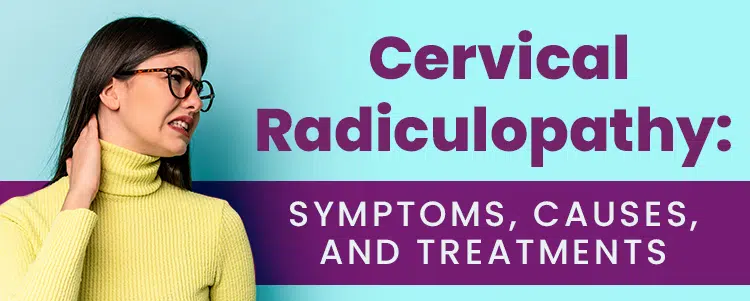

Cervical Radiculopathy: Symptoms, Causes, and Treatments
When the cervical spine is compressed, nerve roots become affected, causing pain and impacting the neurological function of the spine.
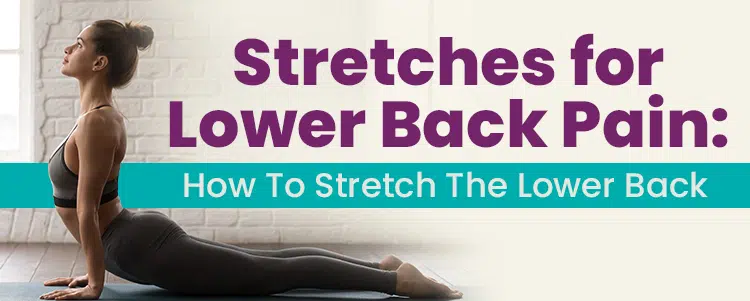

Stretches for Lower Back Pain: How To Stretch The Lower Back
The lower back supports the upper sections of the spine and bears most of our body weight, so proper stretching should happen from time to time.
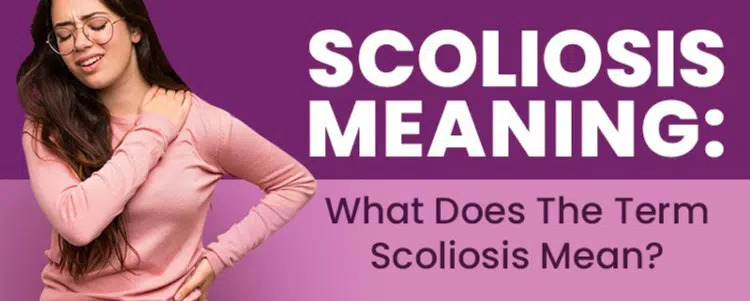

Scoliosis Meaning: What Does The Term Scoliosis Mean?
When a patient is diagnosed with scoliosis, it means that person has developed an abnormal or unnatural curve on their spine of 10 degrees or more.
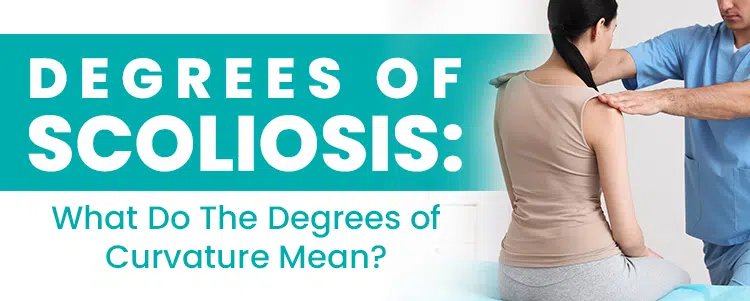

Degrees of Scoliosis: What Do The Degrees of Curvature Mean?
Each scoliosis is unique, and so is each patient’s case. Beyond this, however, the degrees of curvature play a big role in how different each scoliosis is.

Scoliosis Awareness Month: When Is It and What Happens?
Scoliosis Awareness Month is an annual recurrence, created with the purpose of spreading awareness and educating patients on the benefits of proactive scoliosis treatment.
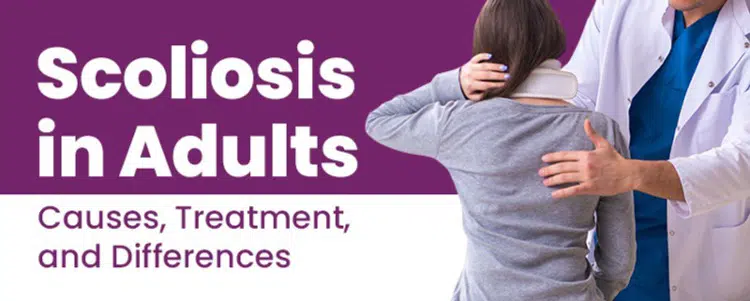

Scoliosis in Adults – Causes, Treatment, and Differences
While a lot of the talk about scoliosis causes, symptoms, & treatment focuses on children & adolescents, the topic of scoliosis in adults also merits attention.
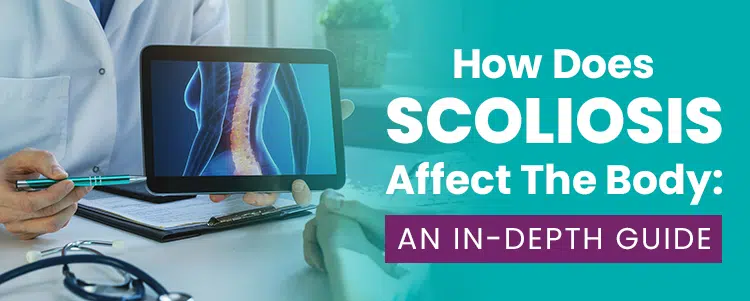

How Does Scoliosis Affect The Body: An In-Depth Guide
Each case of scoliosis is unique but regardless of severity level or type of scoliosis, the main area of impact is the body’s natural symmetry and alignment.
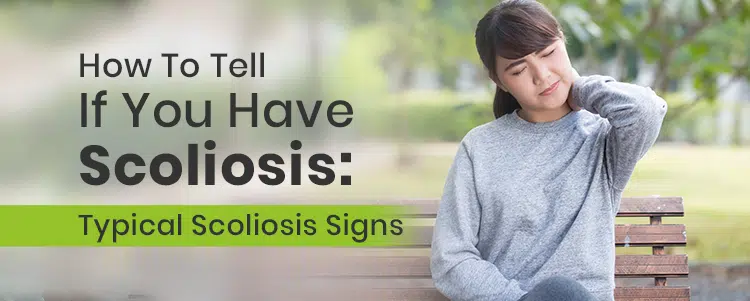

How To Tell If You Have Scoliosis: Typical Scoliosis Signs
Scoliosis can be subtle in its initial stages, making it hard to distinguish. But looking closely, changes to body symmetry is one of scoliosis's biggest telltales.
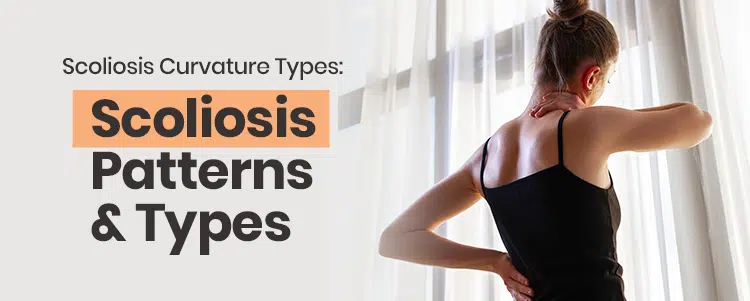

Scoliosis Curvature Types: Scoliosis Patterns & Types
here are different types of scoliosis. One of the determinants is the scoliosis pattern, its location in the spine, and if the source is known or not.
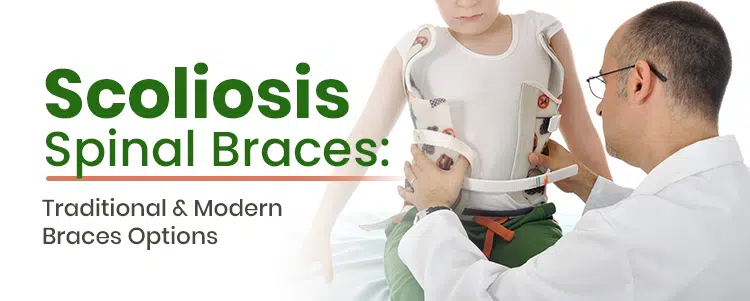

Scoliosis Spinal Braces: Traditional & Modern Braces Options
Different treatment approaches focus on different results. One focuses on reducing the progression of the curve, while the other seeks corrective results.
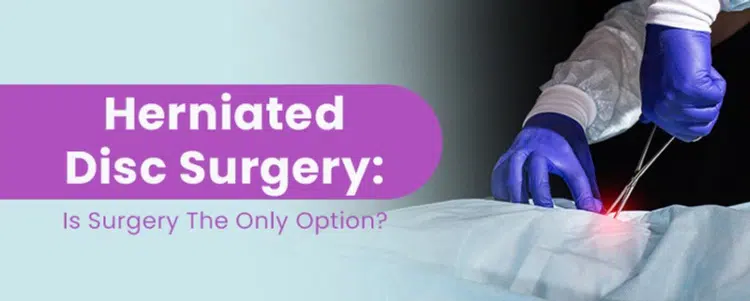

Herniated Disc Surgery: Is Surgery The Only Option?
There are several treatment options for herniated discs, but before considering surgery, patients should explore other less risky and more affordable options.
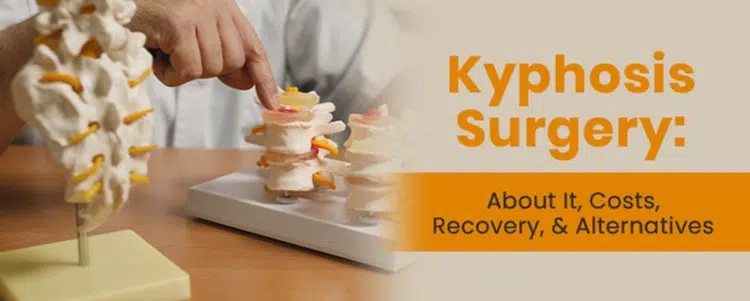

Kyphosis Surgery: About It, Costs, Recovery, & Alternatives
There are many non-surgical options available to treat kyphosis. Conservative custom-made chiropractic care will go a long way to improve kyphosis without invasive surgery.
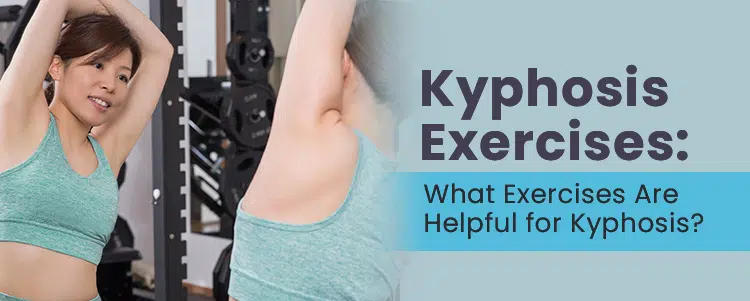

Kyphosis Exercises: What Exercises Are Helpful for Kyphosis?
Since kyphosis is an exaggerated curve of the upper back, a proactive chiropractic-focused approach and appropriate exercises are recommended.
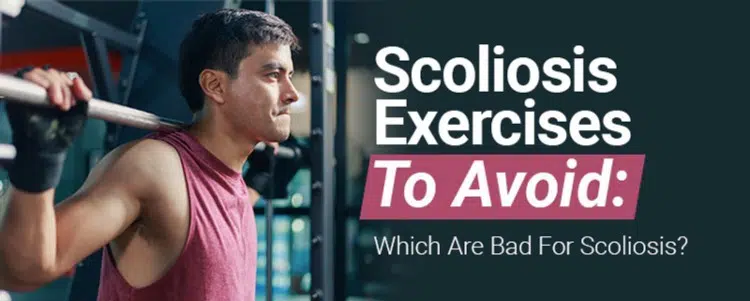

Scoliosis Exercises To Avoid: Which Are Bad For Scoliosis?
Exercising with scoliosis is tricky, some exercises might be good for the spine while others might not.
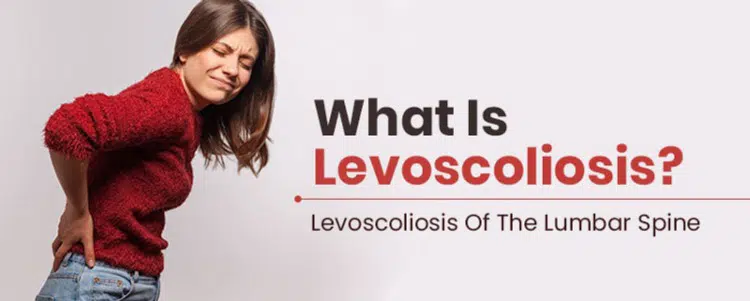

What Is Levoscoliosis? Levoscoliosis Of The Lumbar Spine
The majority of scoliosis cases are idiopathic because the cause is not specific.
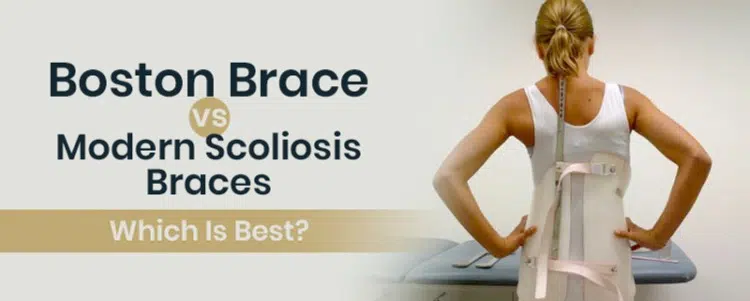

Boston Brace vs Modern Scoliosis Braces: Which Is Best?
The Boston Brace focuses on stopping conditions from progressing, while Modern Scoliosis Braces aim to correct the shortcomings of traditional bracing.
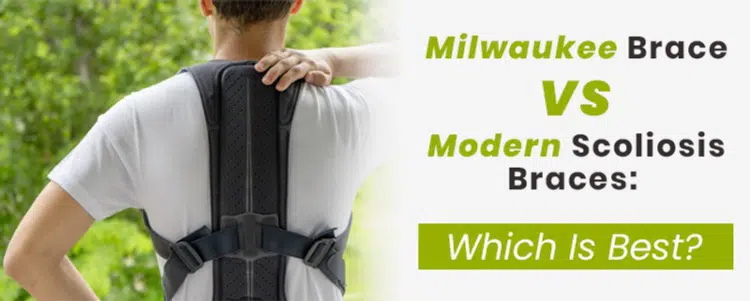

Milwaukee Brace Vs Modern Scoliosis Braces: Which Is Best?
Scoliosis braces are designed thinking on what they seek to accomplish. Choosing a brace or deciding which brace is best will rely on the type of scoliosis each patient has.
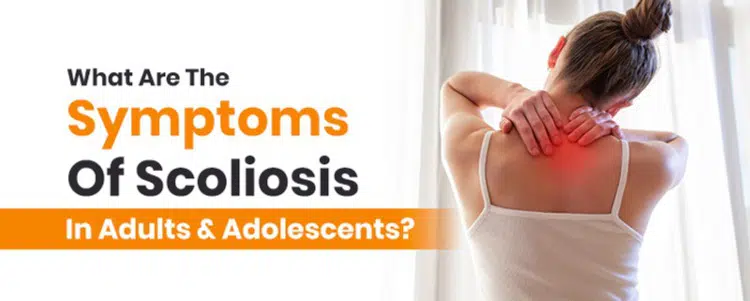

What Are The Symptoms Of Scoliosis In Adults & Adolescents?
Scoliosis symptoms are as highly variable as the condition itself. The severity of the curve and location of the scoliosis will determine the type of symptoms.